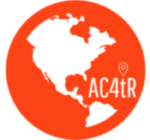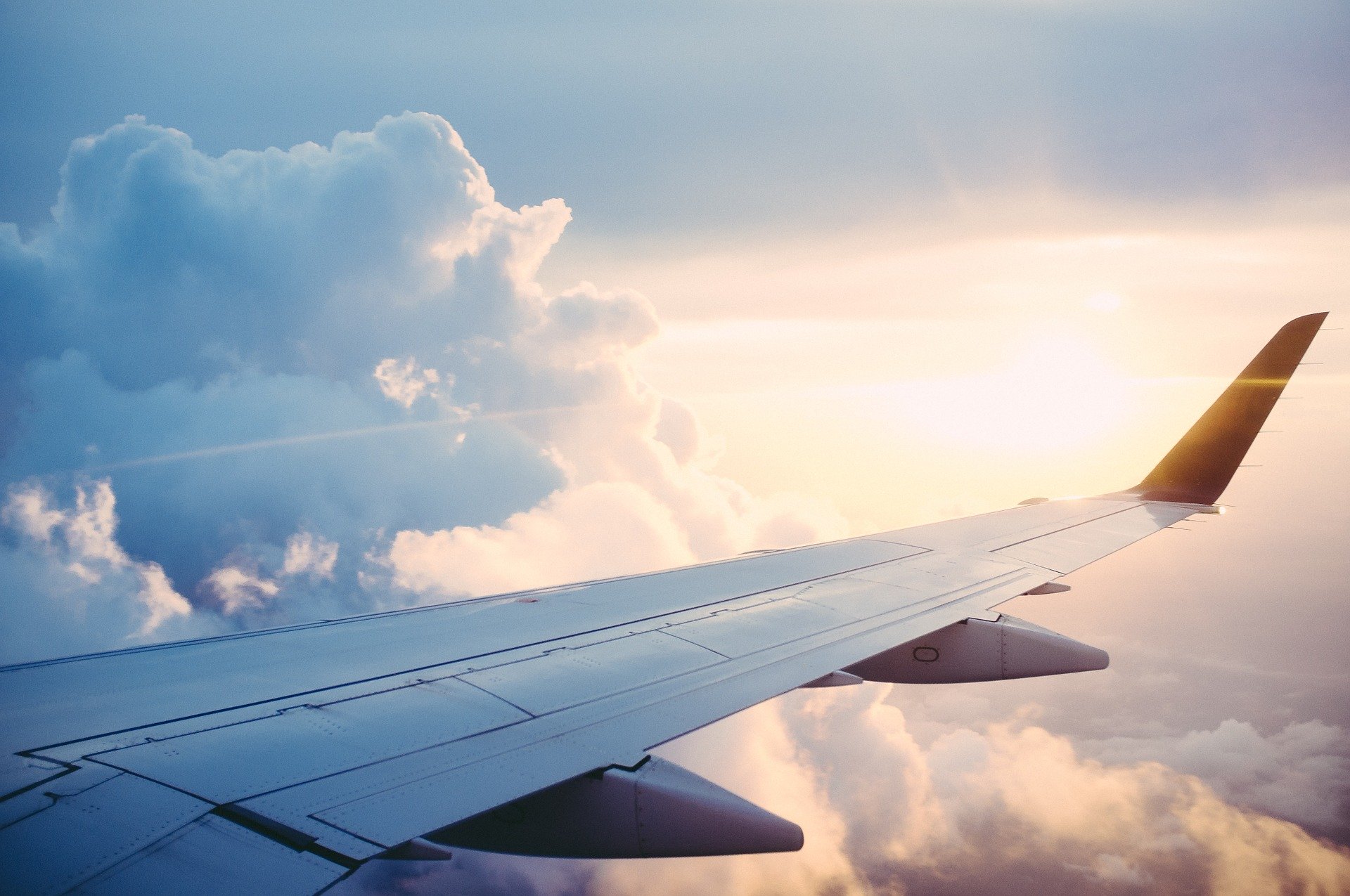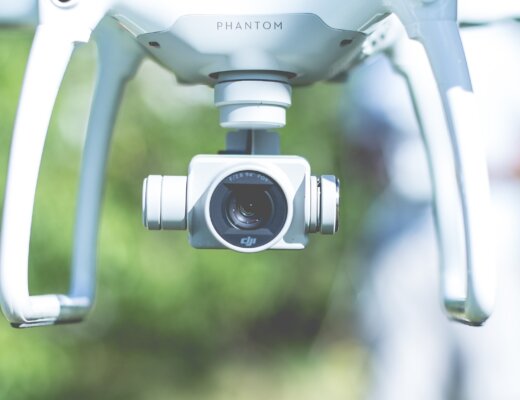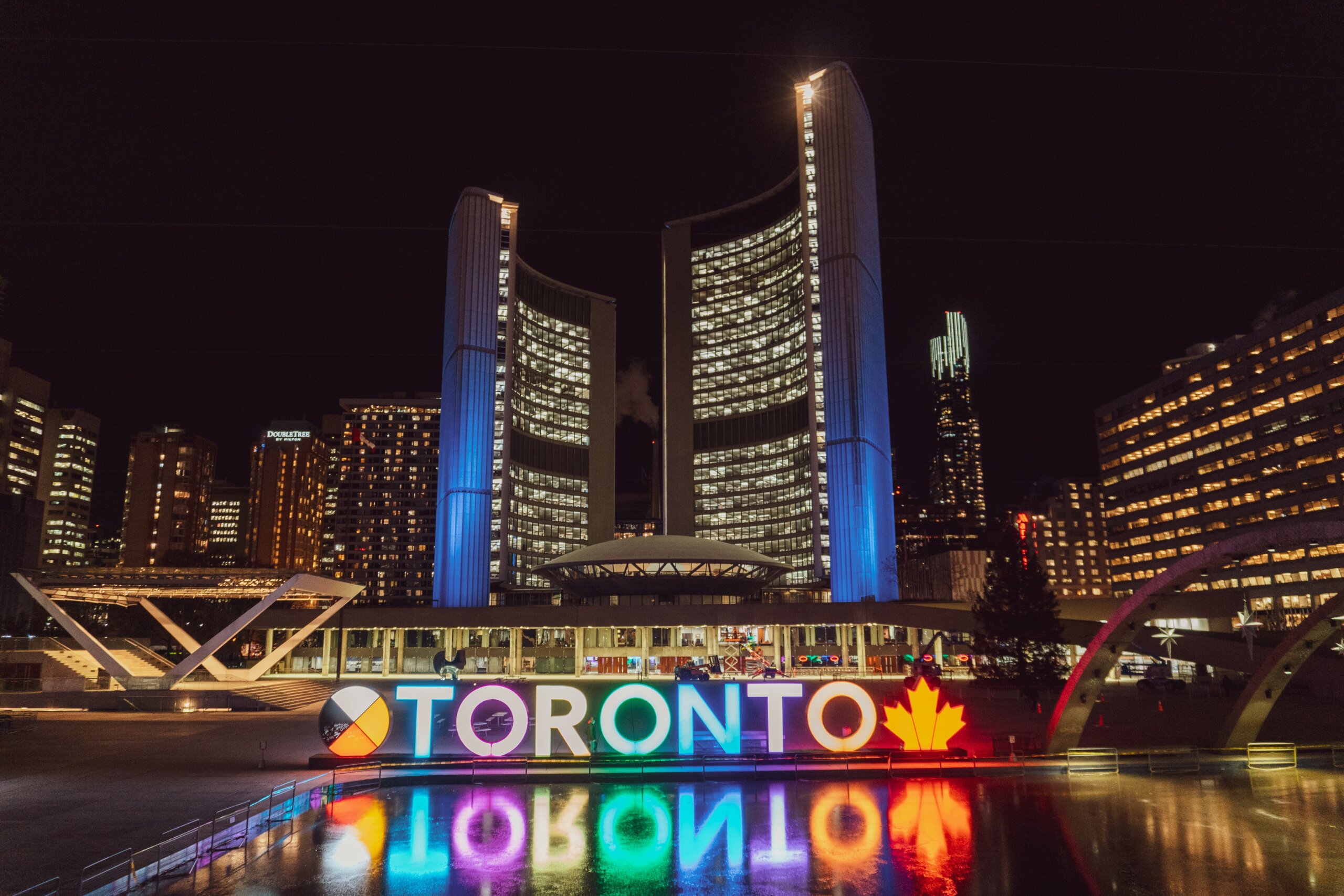Air travel in America has a long and storied history, beginning in the early 20th century and evolving into the advanced and ubiquitous mode of transportation it is today. However, despite its history, air travel has fallen behind other forms of travel in America, leading to calls for reformation as a result of the Southwest Airlines cancellations during the 2022 Holiday Season.
In the early 1900s, air travel was in its infancy and was mainly used for military and research purposes. The first scheduled passenger airline service in the United States was launched by the St. Petersburg-Tampa Airboat Line in 1914, which operated flights between St. Petersburg and Tampa, Florida using a single-engine biplane. However, this service was short-lived and it wasn’t until the late 1920s that regular commercial airline service was established in the United States.
One of the main players in the early days of commercial air travel in America was the Boeing Airplane Company, which was founded in 1916 by William Boeing. Boeing’s first commercial airplane, the Model C, was used for both passenger and air mail service and was instrumental in the development of the U.S. air transportation system.
In the 1930s, the development of the Douglas DC-3 marked a major milestone in the history of air travel. The DC-3 was a revolutionary airplane that could fly longer distances at higher speeds and with more passengers than any aircraft before it. This made air travel more practical and affordable, leading to a surge in demand for commercial air travel.
During World War II, the U.S. government heavily invested in the development of military aircraft, which led to significant advances in aviation technology. After the war, this technology was adapted for use in commercial airliners, leading to the development of faster and more efficient planes.
In the 1950s and 1960s, jet airplanes became the norm for commercial air travel. The first jet airliner in the United States was the Boeing 707, which made its first flight in 1957. The 707 and other jet airliners, such as the Douglas DC-8 and the Lockheed L-1011, made long-distance air travel faster and more convenient, leading to a significant increase in the number of people traveling by air.
In the 1970s and 1980s, deregulation of the airline industry led to a wave of mergers and acquisitions, resulting in the formation of several large airline conglomerates. This period also saw the emergence of budget airlines, which offered low-cost flights to a wider range of destinations.
In the 1990s and 2000s, the airline industry was disrupted by a series of events, including the 9/11 terrorist attacks, the 2008 financial crisis, and the rise of low-cost carriers. These events led to significant changes in the industry, including the consolidation of many major airlines and the expansion of budget carriers.
Today, air travel is an integral part of life in the United States, with millions of people flying to destinations around the world every year. The industry continues to evolve, with the development of new aircraft technologies and the increasing use of automation and data analytics to improve efficiency and safety.
Overall, the history of air travel in America has been one of continuous innovation and progress, with each new development building on the achievements of those that came before it. From the earliest days of commercial airline service to the advanced and sophisticated industry of today, air travel has transformed the way we live and connect with the world around us.
Criticisms of Air Travel in America
Air travel in America has long been a source of criticism for a variety of reasons. One of the main criticisms is the high cost of airfare, which can be prohibitive for many individuals and families. According to a 2018 report by the Bureau of Transportation Statistics, the average cost of a domestic round-trip ticket in the United States was $361. This is significantly higher than the average cost of a round-trip ticket in many other countries, such as Canada ($310) and Europe ($284). The high cost of airfare is often attributed to the high fees and charges that airlines impose on passengers, such as baggage fees, reservation change fees, and seat selection fees.
Another criticism of air travel in America is the lack of competition in the industry, which has resulted in fewer choices and higher prices for consumers. According to the Department of Transportation, the top four airlines (American, Delta, Southwest, and United) control about 80% of the domestic market share. This concentration of market power has allowed these airlines to dominate the industry and set higher prices for their services. This lack of competition has also led to poor customer service, as airlines are less incentivized to improve their services when they have fewer competitors.
A third criticism of air travel in America is the poor treatment of passengers, particularly in cases of overbooking or flight delays. According to the Department of Transportation, in 2018, there were nearly 400,000 cases of overbooking in the United States, which resulted in passengers being denied boarding on their flights. In some cases, passengers have been physically dragged off of planes, leading to widespread outrage and negative media coverage. Flight delays are also a common occurrence in the American air travel industry, with an estimated 20% of flights experiencing delays in 2018. Passengers often face long waits at airports, with little compensation or assistance from the airlines.
A fourth criticism of air travel in America is the negative impact on the environment. The aviation industry is a significant contributor to greenhouse gas emissions, with a single round-trip flight from New York to Los Angeles generating approximately 1 metric ton of carbon dioxide emissions per passenger. This has led to calls for the industry to adopt more sustainable practices, such as using biofuels or implementing carbon offset programs. However, progress on these fronts has been slow, and many environmentalists argue that the industry has not done enough to reduce its environmental impact.
A fifth criticism of air travel in America is the lack of accessibility for individuals with disabilities. The Air Carrier Access Act requires airlines to provide reasonable accommodations for passengers with disabilities, such as wheelchair assistance and braille signage. However, many passengers with disabilities have reported issues with accessing these services, such as difficulty booking flights or obtaining necessary equipment at the airport. There have also been instances of passengers with disabilities being denied boarding or experiencing discrimination while traveling.
A sixth criticism of air travel in America is the lack of transparency in ticket pricing. Airlines often use complex algorithms to determine ticket prices, which can make it difficult for consumers to compare prices and find the best deals. Additionally, airlines frequently offer different prices for the same flights to different customers, depending on factors such as location, browsing history, and past travel patterns. This lack of transparency has led to accusations of price gouging and unfair pricing practices.
Finally, a seventh criticism of air travel in America is the lack of security at airports. While the Transportation Security Administration (TSA) is responsible for the security of air travel in the United States, there have been numerous instances of security breaches and lapses in recent years. In 2018, the TSA failed 95% of covert security tests conducted by the Department of Homeland Security, raising concerns about the effectiveness of airport security measures.
Future Solutions in Aviation
Air travel in America has come a long way since the early days of commercial aviation, but there are still many areas in which it can improve. Here are a few ways that air travel in America can become more efficient, convenient, and enjoyable for all travelers.
- Reduce security lines and wait times One of the biggest complaints about air travel is the time it takes to get through security at the airport. Long lines, strict rules, and slow-moving processes can make it feel like a chore to get through the airport, which can be especially frustrating for travelers who are running late or have connecting flights.
To improve this experience, airports and the Transportation Security Administration (TSA) can invest in technology and training that allows for more efficient security screenings. For example, biometric scanners and facial recognition software can help to speed up the process, while more advanced training for TSA agents can help to improve the accuracy and efficiency of security checks.
- Make the booking and check-in process easier Booking a flight and checking in can also be a hassle, especially if you’re trying to book a multi-stop trip or have to deal with complicated fees and restrictions. To make the process smoother, airlines and travel booking websites can invest in user-friendly interfaces and better customer service, as well as offering more flexible policies for booking changes and cancellations.
Additionally, airlines can work to streamline the check-in process by offering more options for online check-in and self-service kiosks at the airport. This can help to reduce the amount of time travelers have to spend standing in line at the airport and make it easier to get through the airport quickly.
- Improve in-flight amenities and services While some travelers are happy to just sit and relax on a flight, others may want to take advantage of in-flight amenities and services. However, many airlines have cut back on these offerings in recent years to save money, leaving travelers feeling frustrated and underwhelmed.
To improve the in-flight experience, airlines can consider adding more amenities like better food options, in-flight entertainment, and comfortable seating. They can also invest in better training for their staff to ensure that they are providing top-notch customer service and making travelers feel welcome and comfortable.
- Make travel more accessible for all Air travel can be especially challenging for travelers with disabilities or special needs. From navigating through the airport to finding accessible seating on the plane, the experience can be overwhelming and stressful.
To make air travel more accessible for all, airlines and airports can invest in infrastructure and training to better accommodate travelers with disabilities. This could include more wheelchair ramps and accessible restrooms, as well as training for staff to understand and meet the needs of travelers with disabilities.
- Invest in sustainable practices Air travel is often criticized for its environmental impact, and many travelers are looking for more sustainable options when it comes to flying. To meet this demand, airlines and airports can invest in more sustainable practices, such as using more fuel-efficient planes and investing in renewable energy.
By taking steps to reduce their environmental impact, airlines and airports can not only appeal to environmentally conscious travelers, but also do their part to protect the planet for future generations.
- Offer more affordable fares and fees One of the biggest barriers to air travel is the cost. While some travelers are willing to pay more for a luxurious experience, many others are looking for more affordable options. To appeal to these travelers, airlines can offer more competitive fares and fees, as well as more flexible booking options.
This could include offering more budget-friendly fares, eliminating unnecessary fees for things like baggage or seat assignments, and offering more flexible policies
The future of air travel is likely to involve a combination of advanced technologies, such as electric planes, hypersonic travel, and automation. There may also be a focus on sustainability and reducing the environmental impact of air travel.
Electric planes are still in the early stages of development, but they have the potential to significantly reduce emissions and noise pollution. Hypersonic travel, which involves speeds faster than Mach 5, could also revolutionize air travel by significantly reducing travel time.
Automation is also expected to play a bigger role in the future of air travel, with more advanced systems for navigation, communication, and maintenance. This could lead to increased efficiency and safety, but it may also raise concerns about job loss for human pilots and crew.
Overall, the future of air travel is likely to involve a mix of new technologies and sustainable practices, as well as a focus on improving the overall travel experience for passengers.




